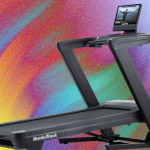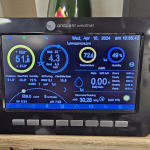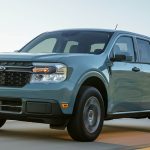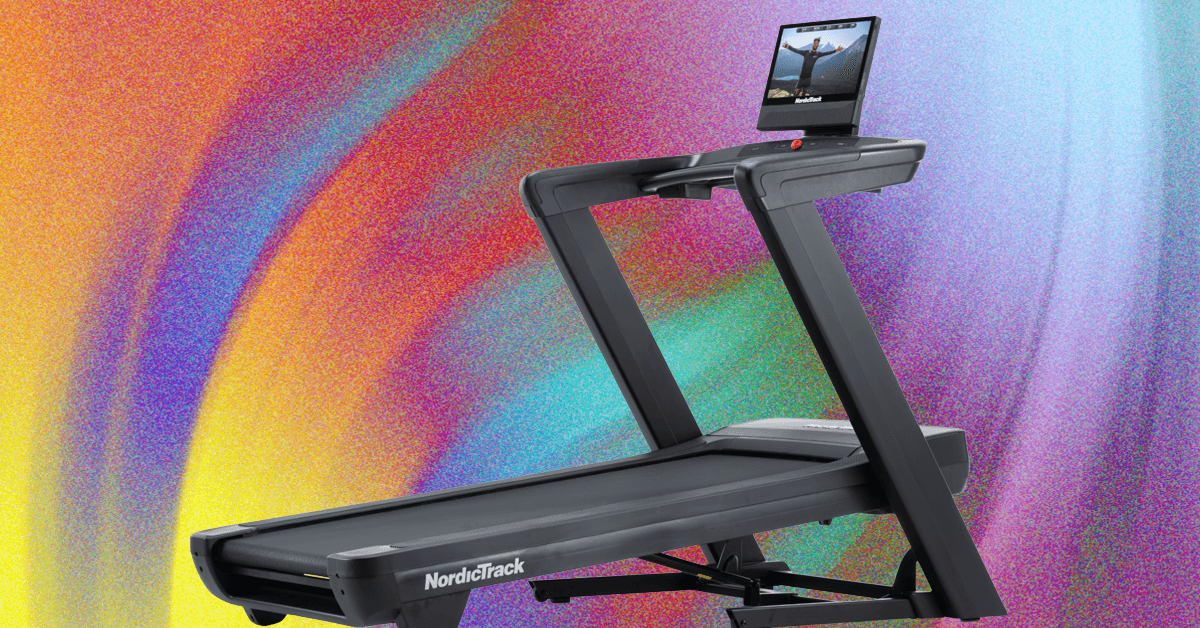
By looking at how cars performed in our tests when new and reviewing detailed reliability data, CR can point car shoppers to models that promise the best overall ownership experience. But it’s important to note that great new cars don’t always make great used cars, especially when factoring depreciation and long-term reliability.
Rather than cherry-pick single model years, we studied cars from a generation perspective to identify smart choices. (Generation refers to the years that a single design was offered.) We then narrowed the field by targeting specific price categories. Within those, our selections are based on the newest model-year that makes the cut, factoring in the median used-car price.
We focused on the newest qualifying version because cars tend to improve over time based on reliability and equipment. Our reliability analyses consistently reveal that cars become more trouble-free over the multiyear span of a generation. The reasons for improvement: Automakers get better at building cars with practice as they make numerous changes to improve the assembly process, and over time, they learn from owner feedback and warranty claims where updates should be made to the vehicle. Because it takes time to identify opportunities and then develop solutions, such gains are typically seen in the last years of a generation’s run. In other words, the last two years of a generation tend to be the best. Plus, automakers add more features over time, often improving convenience and safety, and sometimes comfort and fuel economy, through the years. Each car has standard electronic stability control, a proven safety feature.
The strategy we employed for selecting used cars emphasizes value, and it means that the highlighted models may not have been the highest-scoring models when tested new. Instead, they’re often good cars that depreciated more than others, making them more attractive as used cars than they were when new. This is exemplified by the Buick Envision, Chevrolet Cruze, and Mazda CX-9. All three were solid choices when new, but now they’re relative bargains as used cars. At the same price, rivals are often years older—potentially from a previous generation. In other words, to buy a direct rival at the same model year and mileage, you would have to pay thousands of dollars more.
Making our car recommendations based on the most recent qualifying year within a given price range maximizes the useful life the cars may have because newer cars tend to have fewer miles on the odometer. In addition, the generation perspective allows us to give shoppers a wide target. If you can’t find the exact model year highlighted below, explore the generation. You’ll find much the same goodness (and at a lower price!) by considering older versions of the same car. You might even find a particularly good deal on a newer model.
Click through to the car model pages for deep insights into trouble spots, which can vary from year to year. You’ll also find detailed road tests, owner satisfaction ratings, pricing details, and much more.
Remember: Each used car is unique, with its own history. The best protection is to focus your shopping on CR Recommended used cars, and then have the individual car you want inspected before buying.









